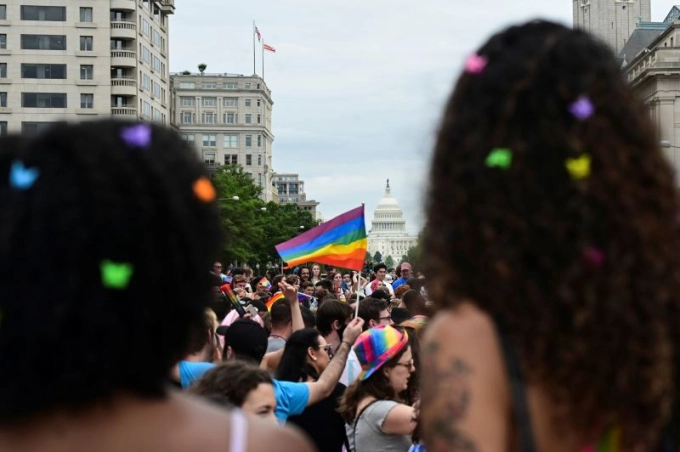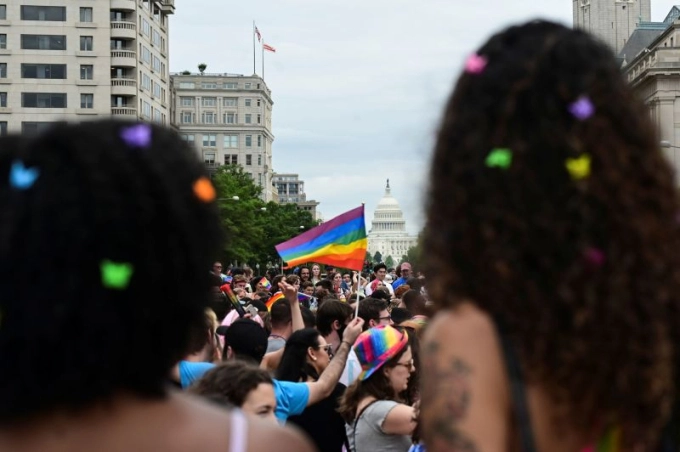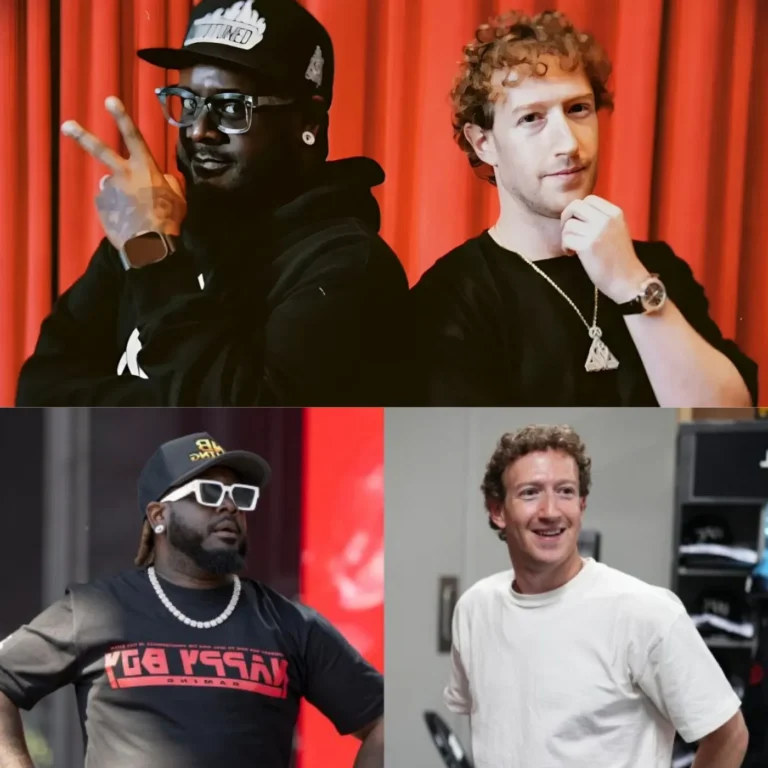
” Survey shows that more Gen Z and Millennial adults are identifying as LGBTQ+, signaling a significant shift in the conversation around gender identity and sexual orientation”
In recent years, the landscape of sexual orientation and gender identity has evolved dramatically, particularly among younger generations. A new survey by Gallup highlights that a growing number of adults from Gen Z (born 1997-2012) and Millennials (born 1981-1996) are openly identifying as part of the LGBTQ+ community.
High Identification Rates Among Gen Z
The 2024 Gallup survey reveals that over 20% of Gen Z adults (ages 18-26) identify as LGBTQ+. This represents a significant increase compared to previous generations, showcasing a shift towards greater acceptance and openness regarding sexual orientation.

Millennial Trends
For Millennials, nearly 10% of adults aged 27 to 42 also identify as part of the LGBTQ+ community. This trend indicates that younger generations are more likely to embrace diverse sexual identities compared to older cohorts.
Comparison with Older Generations
Generation X (born 1965-1980): Less than 5% identify as LGBTQ+.
Baby Boomers (born 1955-1964): About 2% identify as LGBTQ+.
Silent Generation: Only 1% of this group identifies as LGBTQ+.
These statistics highlight a marked difference in self-identification rates across generations.
Bisexuality as a Predominant Identity
Among those identifying as LGBTQ+, bisexuality is the most common orientation across Gen Z, Millennials, and Generation X, accounting for more than two-thirds of LGBTQ+ individuals. Women, in particular, are more likely to identify as bisexual, while men often identify as either gay or bisexual.
Insights from Experts
Jeffrey Jones, a senior editor at Gallup, noted, “Nearly 30% of Gen Z women identify as LGBTQ+, with most identifying as bisexual.” This statistic underscores the growing visibility of bisexuality within the community.
Historical Context and Future Projections
Since Gallup began asking about gender identity and transgender identification in 2012, the percentage of adults in the U.S. identifying as non-heterosexual has more than doubled. The data suggests that American youth are leading this cultural shift, indicating a future where LGBTQ+ identification may become even more prevalent.

Predictions for the Future
Gallup predicts, “If current trends persist, it is likely that the percentage of individuals identifying as LGBTQ+ will exceed 10% of the adult population in the U.S. within the next three decades.” This potential increase reflects a broader societal acceptance and understanding of diverse sexual orientations.
The rise in LGBTQ+ identification among Gen Z and Millennials marks a significant cultural shift towards inclusivity and acceptance. As these generations continue to challenge traditional norms, the landscape of sexual orientation and gender identity is likely to evolve further, paving the way for a more diverse and accepting future.






